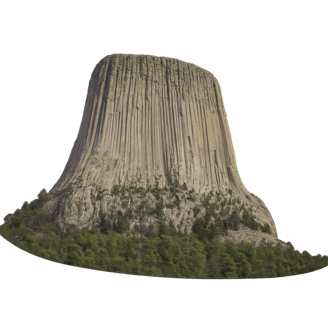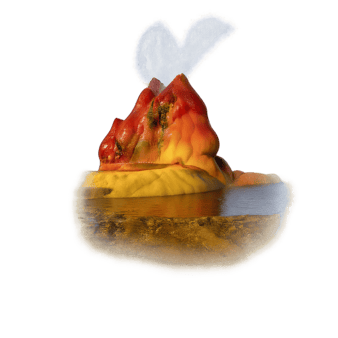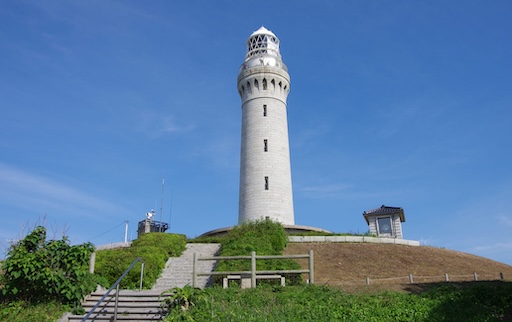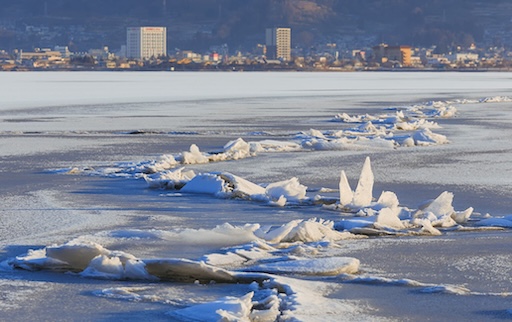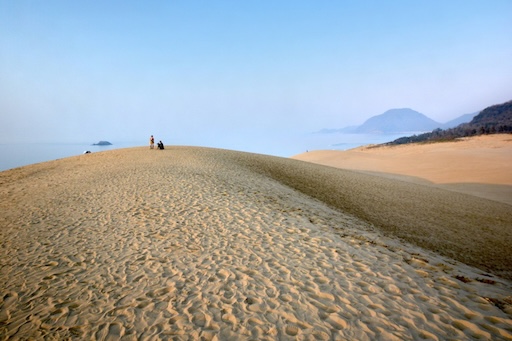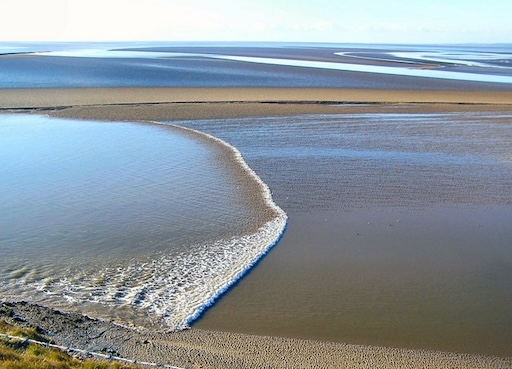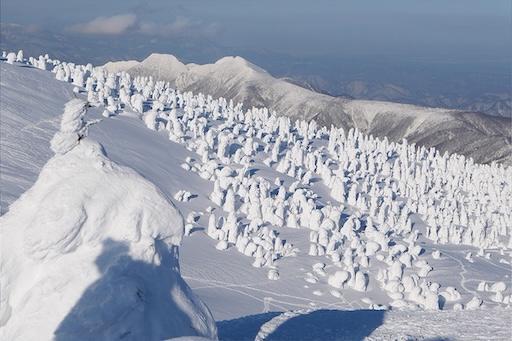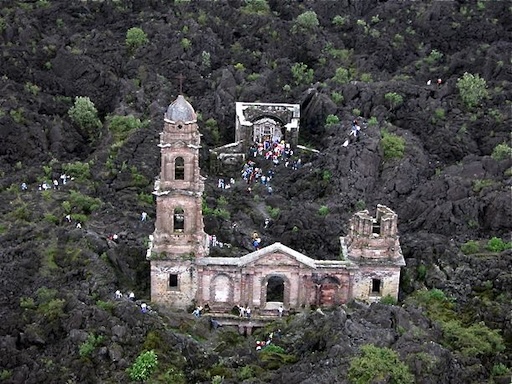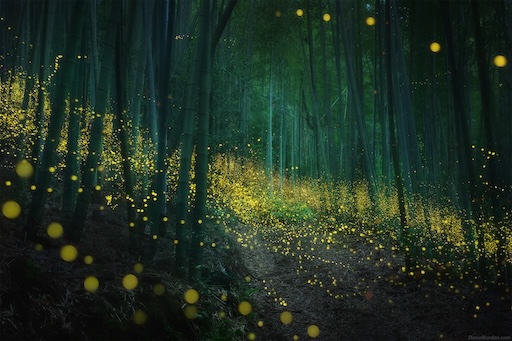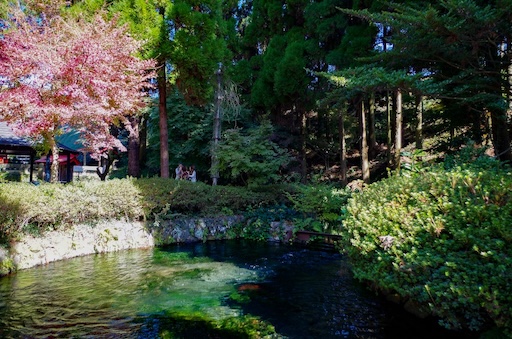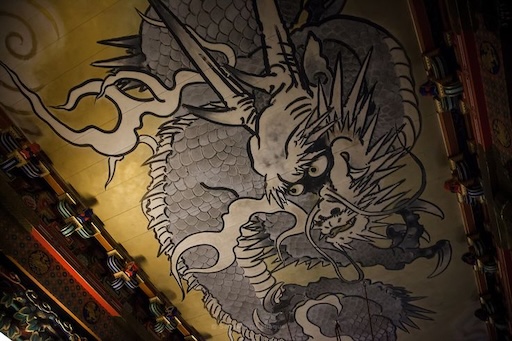
Nikko’s Crying Dragon – Tochigi
Deep within the forests of Tochigi Prefecture lies a place where myth and mystery echo through sacred halls. At first glance, Nikkō Tōshō-gū looks like any other stunning Shinto-Buddhist shrine—gilded, intricate, layered with centuries of craftsmanship. But step inside the Yakushi-dō Hall, look up, and clap your hands just once. The dragon will respond.
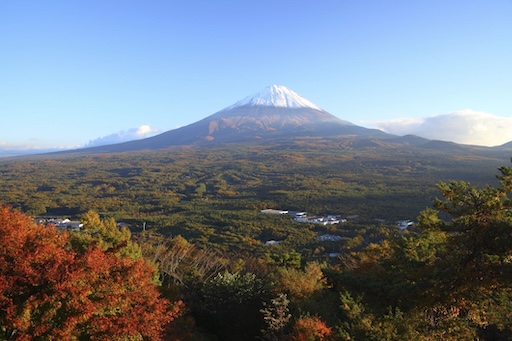
Aokigahara Forest – The Magnetic Silence of Mount Fuji’s Lava Woods
Nestled at the base of the iconic Mount Fuji lies a forest so quiet, so dense, and so steeped in mystery that it has earned the haunting nickname: The Suicide Forest. But beyond the rumors and media sensationalism, Aokigahara is a place of geological wonder, unusual silence, and magnetic peculiarity.
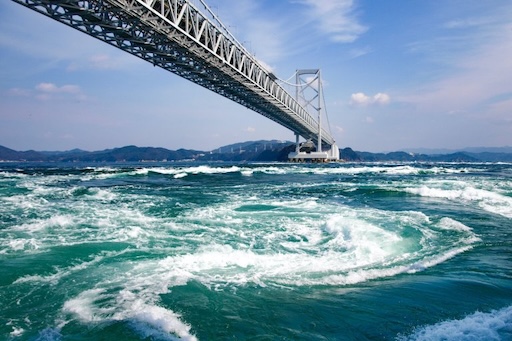
Naruto Whirlpools – The Ocean’s Spinning Secret in Tokushima, Japan
Japan might be the land of cherry blossoms, neon cities, and serene temples—but tucked away between the islands of Shikoku and Awaji lies one of its most mysterious natural wonders: the Naruto Whirlpools. These aren’t just cute little eddies. We’re talking about giant oceanic whirlpools, some as wide as 20 meters, forming like clockwork beneath the dramatic span of the Ōnaruto Bridge.
